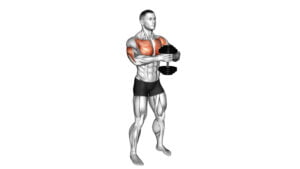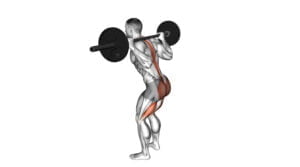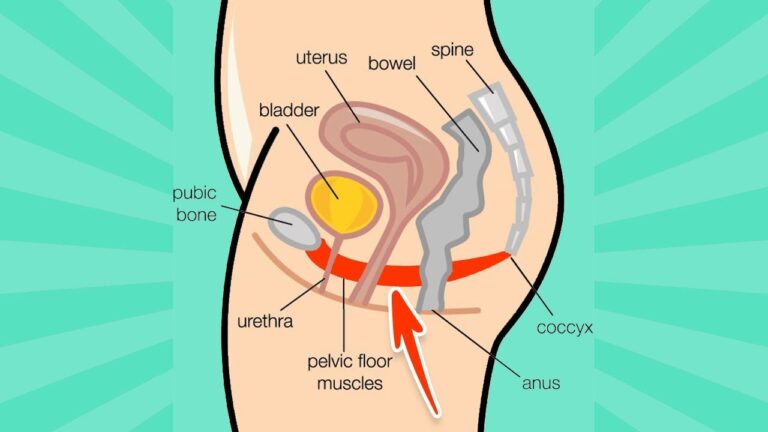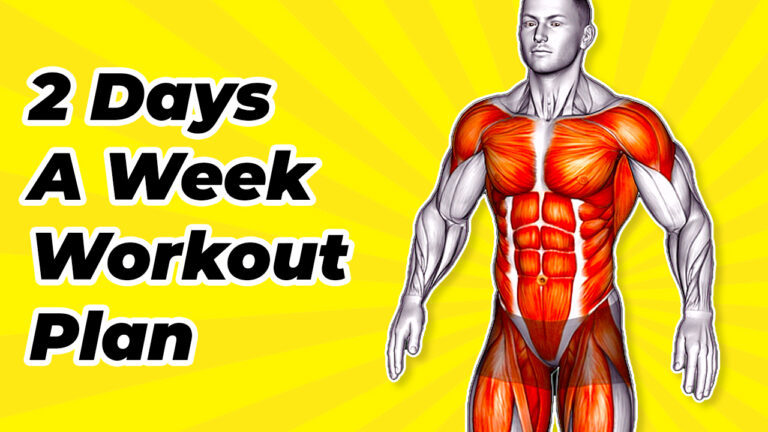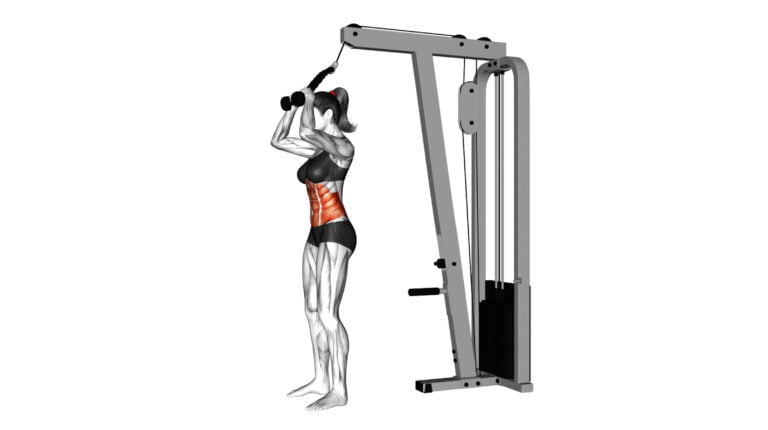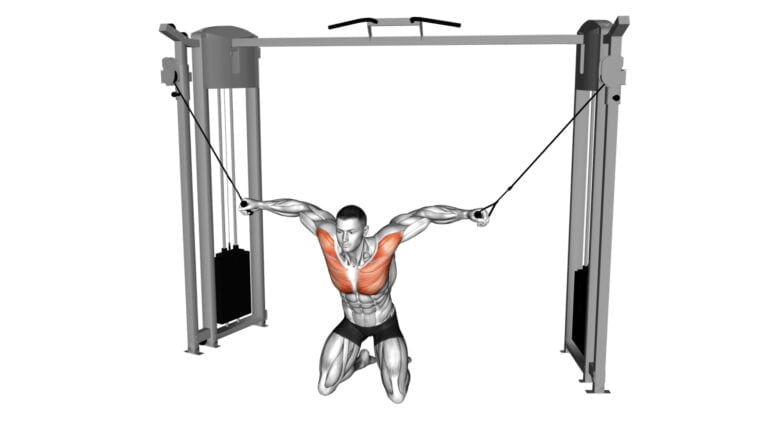10 Best Dumbbell Glute Exercises For Sculpting Stronger Glutes

Building a strong, well-defined set of glutes isn’t just for show; it’s a key to unlocking overall body strength and peak performance. While many associate heavy lifting with barbells and machines, the truth is that one of the most versatile tools at your disposal is often underestimated: dumbbells.
I bring over a decade of experience as a certified fitness trainer to help you navigate through the best dumbbell glute exercises that deliver results, ensuring that both novices and seasoned athletes can optimize their lower-body workouts efficiently.
Incorporating these top-notch moves into your routine offers benefits beyond aesthetics. Research highlights how targeted glute work contributes significantly to reducing lower back pain—a common issue plaguing countless individuals today.
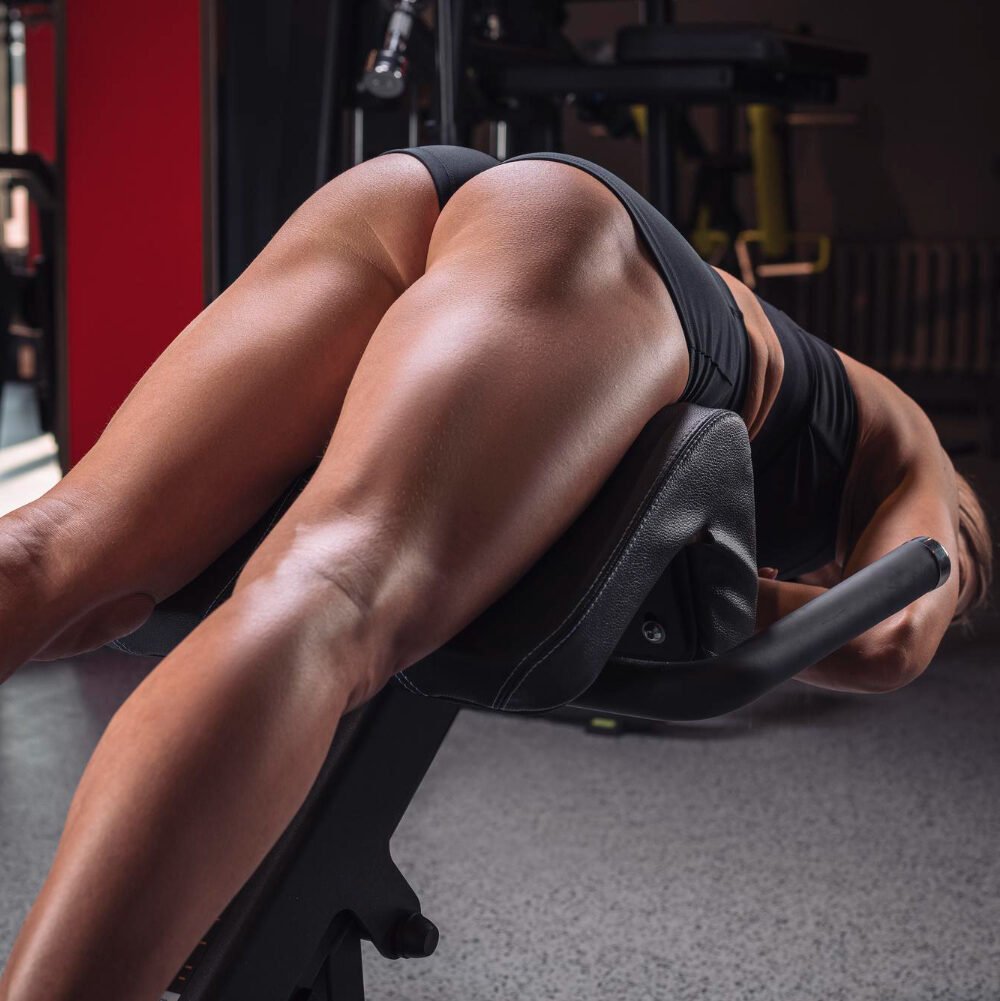
Dive into this guide brimming with expert insights to sculpt stronger glutes using nothing more than dumbbells—and get ready to feel the burn!
Key Takeaways
- Dumbbell exercises like the swing, sumo squat, and deadlifts effectively target glutes while also engaging core and stabilizing muscles.
- Strengthening glutes with dumbbells helps reduce back pain, improve balance and posture, and enhance athletic performance.
- To maximize gains in glute strength, it’s important to focus on proper form, gradually increase weight and reps, and incorporate a variety of exercises into workouts.
- Unilateral exercises such as single – leg deadlifts can improve balance and target each side of the body for even muscle development.
- Advanced variations of traditional exercises add difficulty to glute workouts by increasing resistance or modifying movements for additional challenge.
Benefits of Using Dumbbells for Glute Workouts
Using dumbbells for glute workouts offers a range of benefits, including reduced back pain, improved balance and posture, increased mobility in the hips, knees, and ankles, as well as enhanced athletic performance.
These advantages make it an effective and versatile tool for sculpting stronger glutes.
Reduced back pain
Strengthening your glute muscles with dumbbell exercises can lead to less back pain. Your glutes work hard to support your pelvis, and when they’re strong, they take the pressure off your lower back.
This means activities that once triggered discomfort could become more comfortable. Imagine bending, lifting, and twisting without that familiar ache – it’s possible when you build a robust set of glutes.
Regularly including movements like romanian deadlifts and sumo squats in your routine not only sculpts your buttocks but also aligns your hips properly. Proper hip alignment is crucial for distributing weight evenly throughout your lower body.
It helps prevent excessive strain on any one area, especially the delicate structures in your lower spine. To keep back pain at bay, focus on exercises that fortify these key muscle groups – it’s an investment in a stronger body and a more resilient back.
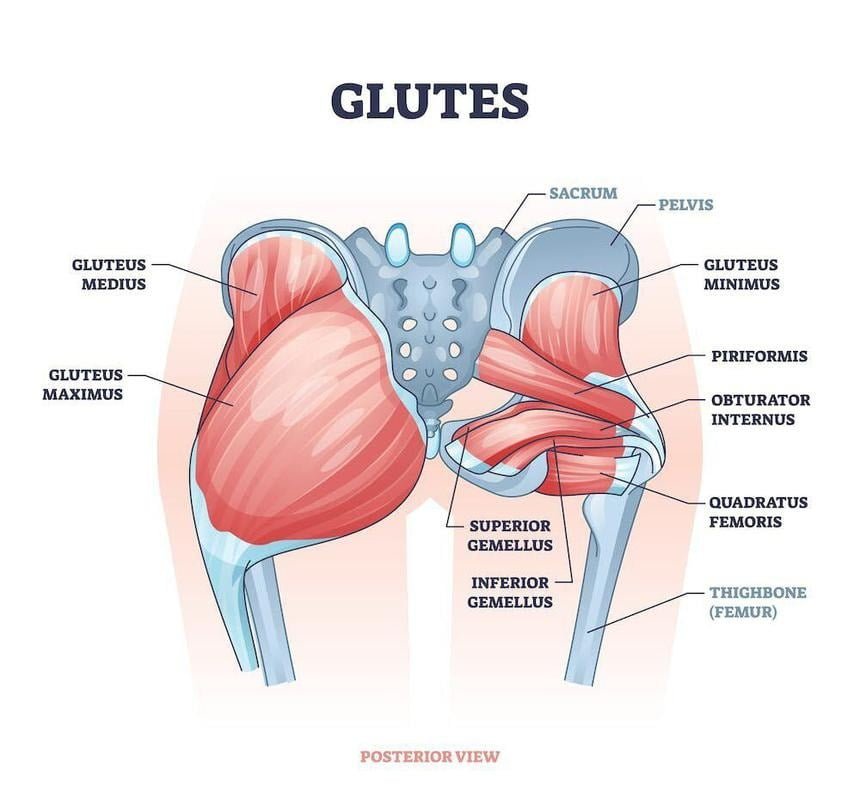
Improved balance and posture
Having strong glutes isn’t just about looking good; it significantly impacts your balance and posture. When you perform dumbbell exercises for the gluteal muscles, you’re engaging not only those key muscles but also stabilizing muscles around your core and lower body which are essential for maintaining an upright stance.
This focus on muscle engagement aids in developing a more balanced body which means that everyday activities and complex athletic movements can be done with greater ease.
Tackling these workouts head-on strengthens the posterior chain, including the all-important hamstrings and lower back muscles, allowing for a more natural alignment of the spine. As a result, your shoulders roll back naturally without strain, while hips remain level when walking or running.
Over time, with consistent training and attention to form during exercises like Romanian deadlifts, lunges, or goblet squats, achieving proper posture becomes second nature – setting up a solid foundation for overall strength training success.
Improved hip, knee, and ankle mobility
Strong glutes play a crucial role in the mobility of your hips, knees, and ankles. These joints work together to support movements like walking, running, and jumping. Including dumbbell exercises in your routine can significantly enhance this joint trio’s range of motion.
Improved mobility also means less stiffness and better fluidity during complex or simple tasks.
Exercises such as the Dumbbell Sumo Squat Off Benches not only target your gluteus maximus but also involve hip abduction and external rotation which contribute to a more flexible lower body.
Your thighs power through each squat while your feet remain firmly planted, promoting healthy knee function. Regular practice will make moves that once seemed challenging feel smooth and effortless over time.
Better athletic performance
Engaging in dumbbell glute exercises can significantly enhance your athletic performance. Strengthening the glutes through targeted exercises improves lower body power, speed, and agility.
Building strong glutes helps you generate more force during movements such as running, jumping, and lifting weights.
By incorporating these 10 best dumbbell glute exercises into your training routine, you’ll experience improved explosive power and stability during various athletic activities. Enhancing your overall athleticism with stronger glutes sets the stage for better sports performance and functional movement patterns.
The 10 Best Dumbbell Glute Exercises
Get ready to sculpt stronger glutes with these top 10 dumbbell exercises that will help you achieve your fitness goals. Read on to discover the best dumbbell glute exercises for optimal results in your training routine!
1. Dumbbell Swing
The dumbbell swing is an effective exercise that targets the glutes, hamstrings, and core muscles. Begin by holding a dumbbell with both hands between your legs. Hinge at the hips, then push through your heels to extend your hips and swing the dumbbell up to shoulder height.
Keep your arms straight and engage your glutes as you perform the movement. This dynamic exercise helps in developing power and strength in the posterior chain while also engaging the stabilizing muscles of the core.
Incorporating this compound movement into your workout routine can result in improved hip mobility, enhanced athletic performance, and greater muscle activation in the gluteal region.
2. Dumbbell Sumo Squat Off Benches
Position two benches parallel to each other. Stand with a dumbbell in between the benches, feet wide apart. Lower your body by bending your knees, keeping your back straight and chest up.
Push through your heels to stand back up.
Engage your glutes and inner thighs as you rise from the squat position. Ensure that your knees track over your toes without caving inward. This exercise targets the glutes, hamstrings, quads, and inner thighs effectively while also engaging the core for stability.
3. Dumbbell Sumo Pull Through
Transitioning from the Dumbbell Sumo Squat Off Benches, let’s explore the effectiveness of a Dumbbell Sumo Pull Through. This exercise targets the glutes, hamstrings, and lower back while also engaging the core for stability.
To perform this exercise, start by standing with your feet wider than shoulder-width apart and holding a dumbbell between your legs. Hinge at the hips to lower the weight toward the ground while keeping your back straight.
Then, thrust your hips forward to bring the weight up to hip level using the power generated from your glutes and hamstrings.
4. Dumbbell Straight Legs Deadlift
Transitioning from the Dumbbell Sumo Pull Through, the Dumbbell Straight Legs Deadlift is an excellent exercise for targeting the hamstrings and glutes. Stand with your feet hip-width apart, holding a dumbbell in each hand.
Keeping your back straight, slowly lower the dumbbells toward the ground by hinging at your hips, feeling a stretch in your hamstrings. Then, engage your glutes and hamstrings to return to a standing position.
This compound movement not only strengthens crucial posterior chain muscles but also enhances overall stability and balance. By incorporating this exercise into your routine, you can promote muscle growth while improving functional strength for everyday activities.
5. Dumbbell Stiff Leg Deadlift
The dumbbell stiff leg deadlift is a potent exercise that targets the hamstrings, glutes, and lower back. Stand with feet shoulder-width apart while holding a pair of dumbbells in front of your thighs.
Maintain a slight bend in the knees as you hinge at the hips, lowering the dumbbells towards your shins while keeping the back flat. Engage your glutes and hamstrings to return to an upright position.
For added resistance and challenge, increase the weight gradually while maintaining proper form throughout each repetition. This exercise helps improve hip flexibility and strengthens the posterior chain for enhanced athletic performance.
6. Dumbbell Single Leg Deadlift
Engage your core. Hold a dumbbell in each hand, palms facing your body. Shift your weight to one leg and slightly bend that knee. Keeping a straight back, hinge at the hips and lower the dumbbells towards the floor as you raise your other leg behind you.
Return to the starting position by squeezing through the glutes and hamstrings.
Focus on balance. Keep your torso in line with your raised leg while lowering and raising the dumbbells – this is key for stability and effective execution of the exercise. This move isolates each side, enhancing unilateral strength, stability, mobility, and muscle activation in both legs.
7. Dumbbell Single Leg Glute Bridge
The dumbbell single leg glute bridge targets the glutes, hamstrings, and core muscles. Begin by lying on your back with one knee bent and the other leg extended straight. Hold a dumbbell over your hips with both hands and raise your hips off the ground while keeping one foot lifted.
Lower your hips back down without touching the ground before lifting them again to complete the set.
Be sure to engage your glutes throughout the movement for maximum effectiveness. This exercise helps improve unilateral strength, balance, and stability in addition to targeting specific muscle groups.
8. Dumbbell Romanian Deadlift
To execute a dumbbell Romanian deadlift, stand with feet shoulder-width apart and hold a dumbbell in each hand. Keep your back straight as you hinge at the hips, lowering the weights toward the ground while maintaining a slight bend in the knees.
Engage your glutes and hamstrings to return to the starting position by driving your hips forward. Remember to keep your back flat throughout the movement for optimal effectiveness.
Incorporating dumbbell Romanian deadlifts into your glute workout routine can help strengthen and sculpt your glutes while also engaging other lower body muscles. This exercise focuses on hip extension, making it an effective way to target and challenge those hard-to-reach muscle groups in this area.
9. Dumbbell Hyperextension
How to perform the Dumbbell Hyperextension exercise? Lift the dumbbell with your feet shoulder-width apart, hinging at the hips and lowering the weight as far down as comfortably possible while keeping your back straight; click to discover how this exercise can strengthen your lower back and glutes.
10. Dumbbell Glute Bridge
To perform a dumbbell glute bridge, lie on your back with knees bent and feet flat on the floor. Hold a dumbbell in each hand by your sides. Squeeze your glutes as you lift your hips, forming a straight line from shoulders to knees.
Lower and repeat for desired reps.
For added challenge, place a weight across your hips or elevate your feet on an exercise bench. These variations provide increased resistance for greater muscle activation and strength gains.
Tips for Optimal Glute Training with Dumbbells
When it comes to glute training with dumbbells, proper form and technique are crucial for maximizing results and preventing injury. Gradually increasing the weight and reps in your workouts while incorporating a variety of exercises will help you achieve optimal glute strength and definition.
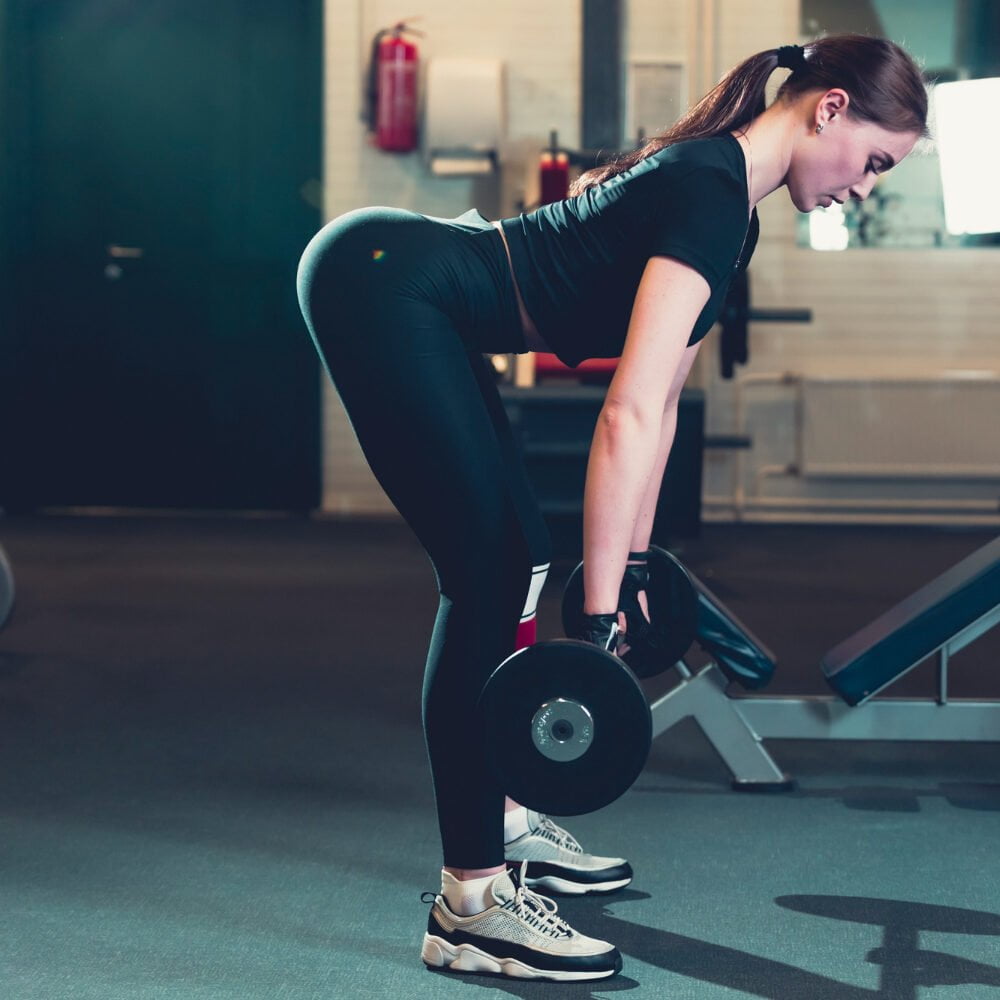
Proper form and technique
Maintain a straight back while performing these exercises. Keep the dumbbells close to your body during movements, and engage your core for stability. Focus on controlled motions and avoid swinging the weights, ensuring smooth and deliberate movement throughout each exercise.
Ensure proper foot placement to target the glutes effectively. Balance weight evenly between both feet and concentrate on pushing through the heels when rising from a squat or deadlift position.
It’s crucial to maintain alignment with knees tracking over toes, preventing inward collapse that can strain the knees.
Gradually increasing weight and reps
Gradually increasing weight and reps is essential for progressive overload. Start with a weight that challenges you, aiming for 8-12 reps per set. As your strength improves, gradually increase the weight to continue challenging your glute muscles.
Increasing the number of repetitions can also enhance muscle endurance and growth. Begin with 2-3 sets of each exercise, then progress to adding an extra set as you build strength and stamina.
This gradual approach will help prevent plateauing and ensure continued development in your glutes.
Incorporating variety in exercises
To keep challenging your glute muscles and avoid plateaus, integrating various exercises into your routine is crucial. By introducing different movements such as lunges, step-ups, and lateral band walks alongside traditional dumbbell exercises, you can engage multiple muscle groups in unique ways.
This not only prevents monotony but also promotes overall lower body strength and stability.
Furthermore, incorporating plyometric exercises like jump squats or box jumps can enhance power and explosiveness while adding a new dimension to your glute workouts.

How to Incorporate Dumbbell Glute Exercises into Your Training Routine
Start by incorporating a few of these exercises into your regular workout routine, gradually increasing the weight and reps as you get stronger. For more tips on how to maximize the benefits of dumbbell glute exercises, keep reading!
Sample glute workout plan with dumbbells
Perform each exercise for 3 sets of 12-15 reps, resting for 60-90 seconds between sets. Begin with the Dumbbell Sumo Squat Off Benches and transition to the Dumbbell Single Leg Deadlift.
Follow it up with the Dumbbell Glute Bridge and finish with the Dumbbell Swing for a well-rounded glute workout using dumbbells. Adjust weights based on your strength level, aiming for a challenging but doable effort in each set.
Incorporating these exercises into your routine can lead to improved muscle tone, strength, and overall athletic performance while targeting key glute muscles such as the gluteus maximus and medius.
Ways to increase difficulty and challenge in your glute workouts
There are several ways to ramp up the intensity of your glute workouts with dumbbells. First, you can increase the weight gradually over time to continually challenge and strengthen your glute muscles.
Secondly, incorporating advanced variations of exercises such as single-leg deadlifts or elevated sumo squats can add complexity and difficulty to your routine. Another option is to reduce rest periods between sets or perform more reps within a given set, pushing your muscles to work harder and adapt to heavier loads.
Moreover, incorporating supersets or compound sets into your glute workouts can elevate the challenge by targeting different muscle groups in quick succession. Additionally, using tempo changes such as slow eccentric (lowering) phases or pauses at the peak contraction can further intensify the workout for greater muscle engagement and growth.
To enhance difficulty in your glute training, consider adding resistance bands or ankle weights for extra resistance during exercises.
Additional tips and considerations for effective glute training.
To maximize your glute training with dumbbells, focus on maintaining proper form and engaging the glutes throughout each exercise. Gradually increasing the weight and reps as you progress will help in continuously challenging your glute muscles for growth and strength development.
Introducing variety into your workouts by incorporating different exercises can prevent plateaus and ensure balanced muscle development.
When selecting weights for your dumbbell glute exercises, choose a weight that is challenging but allows you to maintain proper form throughout each movement. Additionally, be mindful of not only working the primary glute muscles but also engaging stabilizing muscles such as the core and hip abductors to strengthen overall stability and support during movements.
Conclusion
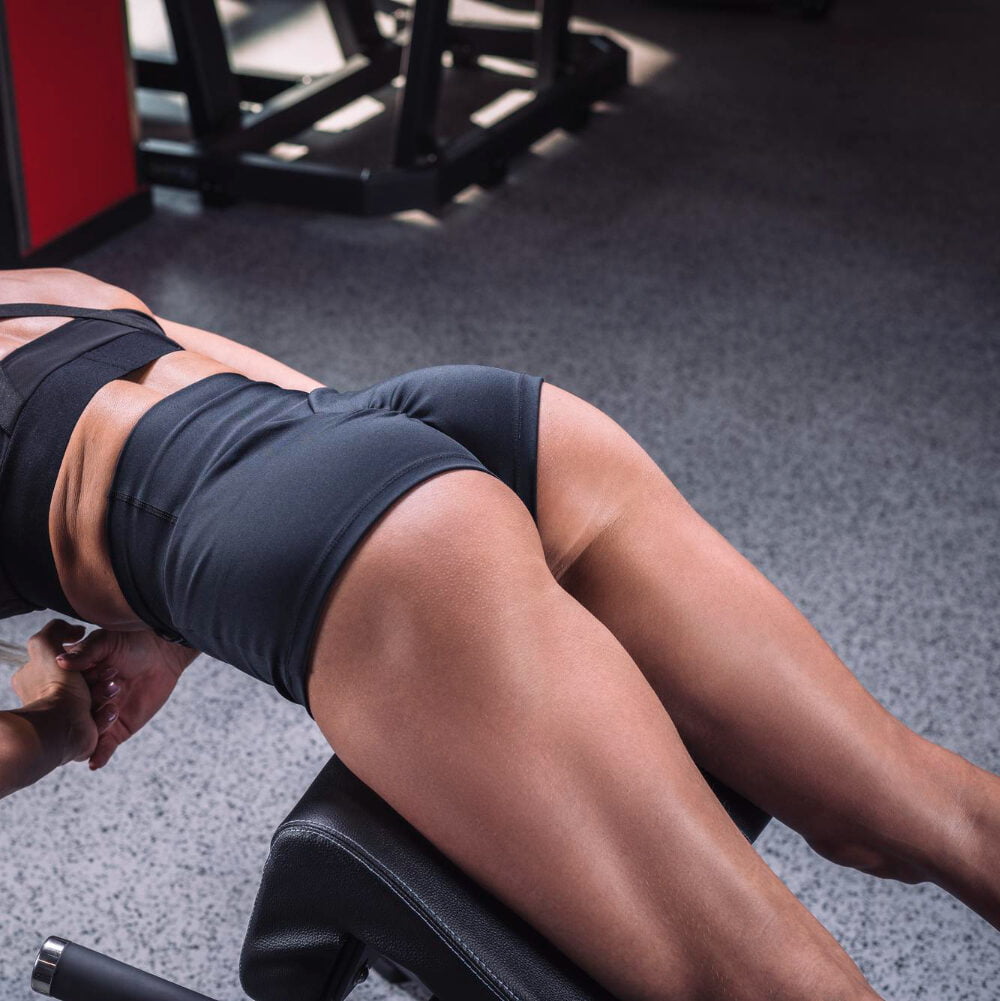
Incorporate these 10 best dumbbell glute exercises into your routine to sculpt stronger glutes. Emphasize form and technique for optimal results. Increase weight gradually and add variety to challenge your muscles.
How will you integrate these exercises into your training plan? What impact can strengthening your glutes have on your overall fitness? Explore additional resources for enhancing your glute workouts.
Take the first step towards building a stronger lower body today!
FAQs
1. What exercises can target my gluteus maximus for muscle building?
Dumbbell squats and bulgarian split squats are powerful compound exercises that activate the gluteus maximus, helping to build strength and size in your backside.
2. How do I strengthen my hip muscles with dumbbells?
Performing free-weight movements like single-leg deadlifts or weighted lunges will engage your hip muscles, specifically working the gluteus medius, adductors, and tensor fasciae latae for better stability and power.
3. Can dumbbell workouts improve my core stability as well?
Absolutely! Exercises like the dumbbell front squat require you to brace your core throughout the movement to maintain balance, which strengthens your abdominal muscles along with sculpting stronger glutes.
4. Are there any isolation exercises for targeting smaller muscles in my pelvic region?
Yes, performing movements such as the standing hip abduction with a light dumbbell focuses on isolating smaller muscle groups like the gluteus minimus and tensor fascia latae contributing to overall pelvic stability.
5. What’s an effective dumbbell exercise for developing power in runners’ lower limbs?
Runners can benefit from dynamic exercises like walking lunges with a twist using dumbbells, which enhance medial rotation of the femur while working out both large and stabilizing muscles of the lower limb.
6. Should I consult a personal trainer before starting these exercises?
Engaging with a personal trainer who has expertise in resistance training ensures you execute each exercise correctly—maximizing benefits while minimizing risks of injury when aiming for those stronger sculpted glutes.

Author
Years ago, the spark of my life’s passion ignited in my mind the moment I stepped into the local gym for the first time. The inaugural bead of perspiration, the initial endeavor, the very first surge of endorphins, and a sense of pride that washed over me post-workout marked the beginning of my deep-seated interest in strength sports, fitness, and sports nutrition. This very curiosity blossomed rapidly into a profound fascination, propelling me to earn a Master’s degree in Physical Education from the Academy of Physical Education in Krakow, followed by a Sports Manager diploma from the Jagiellonian University. My journey of growth led me to gain more specialized qualifications, such as being a certified personal trainer with a focus on sports dietetics, a lifeguard, and an instructor for wellness and corrective gymnastics. Theoretical knowledge paired seamlessly with practical experience, reinforcing my belief that the transformation of individuals under my guidance was also a reflection of my personal growth. This belief holds true even today. Each day, I strive to push the boundaries and explore new realms. These realms gently elevate me to greater heights. The unique combination of passion for my field and the continuous quest for growth fuels my drive to break new ground.

